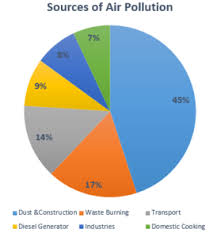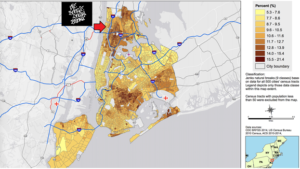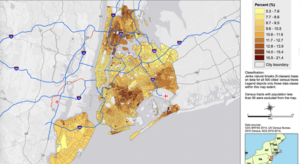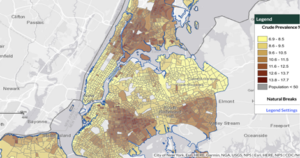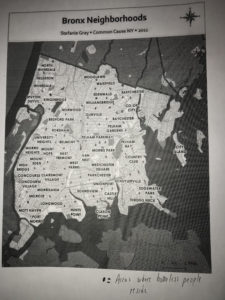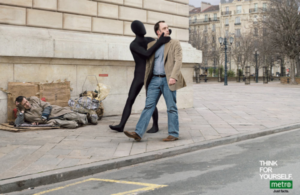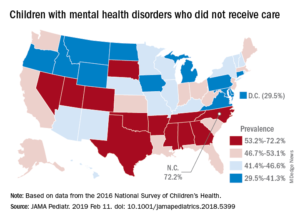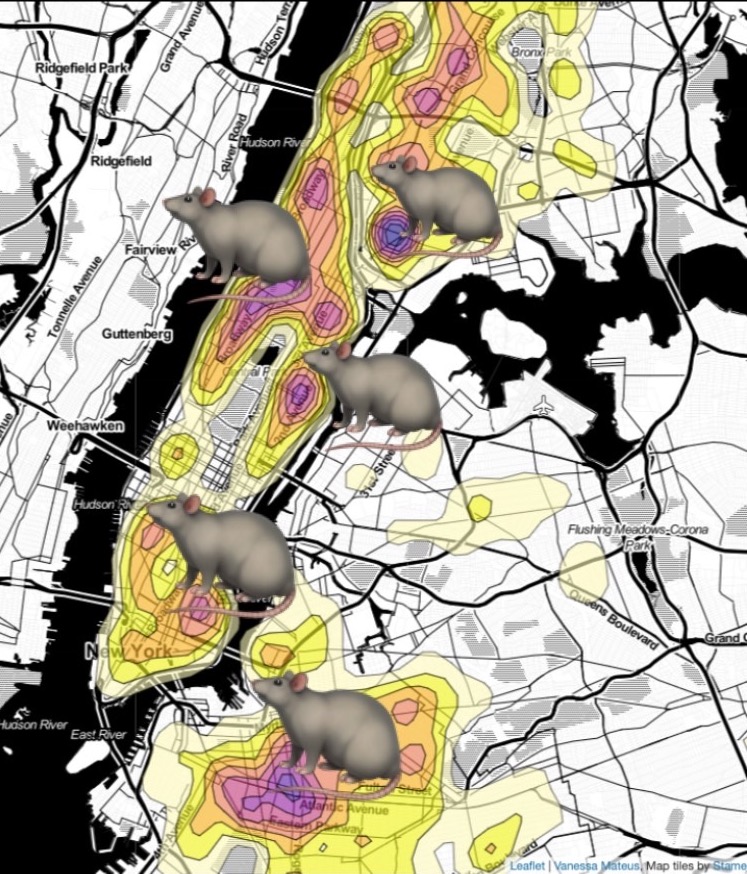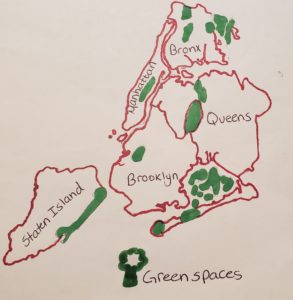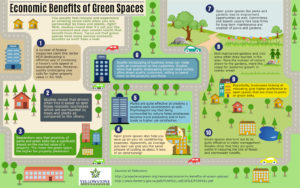Gentrification is “the process of renovating and improving a house or district so that it conforms to middle-class taste” According the The Oxford dictionaries. When a community is undergoing changes it can be a positive thing, as some communities tend to get safer and may even look more aesthetically pleasing. Some communities are home to thousands of immigrants, who make up most of these communities. In discussions of gentrification , a controversial issue is the negative impact it can have on communities. On the one hand many living in neighborhoods that are lower class argue that they are being kicked out of their homes due to high prices. On the other hand the wealthy class argues that this change is good.Although gentrification is necessary change it should not break up existing communities as they affect long standing networks of Identity.
Gentrification is a necessary change. In his article “ Gentrification is good for you” , Edward clarke blames how the widely accepted opinion that Gentrification is bad, stops people from seeing the necessity of gentrifying neighborhoods. He Argues that many fail to realize what gentrification actually can do for the economy. As Clarke puts it himself “Another factor which many critics fail to recognise is that gentrifying businesses can play a big role in raising prosperity and wages for everyone in a city, not just those they directly employ.”To put it differently, As new business come in because of gentrifiers, it can help to increase the city’s wages and success for everyone not just those who they choose to employ. I agree that Gentrifiers bring in new business and new job opportunities, In my experience as my neighborhood rapidly changes with new stores going up it helps to bring in a lot of jobs for many who may have been currently unemployed.
Gentrification is breaking up existing communities though it has its positive effects. unfortunately gentrification can raise prices of rent. Causing lower income families to be pushed out of their homes. In Their article “ How “gentrification” In American cities maintains racial inequality and Segregation : Research Brief” the Scholars Strategy Network, explains how middle class neighborhoods are starting to expand into neighborhoods that were once deemed unsafe and undesirable. However even though these neighborhoods are changing the poverty level and the inequality level aren’t.The scholars strategy network in their own word define gentrification “ as the reinvestment and renewal of previously debilitated urban neighborhoods that occurs as middle- and upper-middle-class residents move in”. Scholars Strategy Network definition of gentrification, clearly shows the cycle of gentrification , as the middle and upper middle class move in the lower income families move out because they can not afford the prices that the upper middle class can pay. Therefore causing displacement of the lower class who most of the time are minorities.
Breaking up these communities can affect long standing networks of Identity among minorities. The feeling of belonging to a community has numerous benefits on every individual. In her article “10 traits that make a good community” ,Stephanie Caldow expresses how an individual’s sense of wellbeing can be affected by the community that surrounds them. As Caldow puts it herself , “The quality of a community correlates to the degree of engagement and happiness individuals can draw from community interactions. Sadly, some communities promote feelings of self-doubt and isolation.” In other words, depending on how a community is wether it welcomes people with open arms or if it doesn’t it can directly impact how strong an individual may feel, it effects how happy they can be and how they interact with others. Caldow then begins to explain the importance of a positive community and what it can do for the individual. Caldow States “Positive experiences with communities allow individuals to feel more connected to their environment and the people in it. This form of connection also provides a support system for members when they are in need of encouragement or sympathy.” Communities can help people feel that they belong to something which is important because when we lose that sense of belonging we begin to feel alienated. The problem with Gentrification is that it can negatively impact communities often times tearing them apart. A Lot of the times minorities often migrate from other parts of the world, often leaving behind a way of life causing them to feel alone . But these communities help them to feel connected to something once again.
All in all, gentrification has positive impacts on neighborhoods however they may not be positive to everyone. Some may argue that gentrification leaves you with safer neighborhoods, though this is true sometimes native residents can react aggressively to gentrifiers.Though it does bring on necessary changes, minority groups who often make up a lot of neighborhoods are being pushed out leaving them with no place to go. Not only is this unfair but this negatively impacts how an individual can feel.

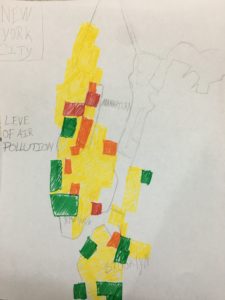
 are polluted. We all want to live in an environment that is safe for us and our children but it is difficult to achieve when there is ozone pollution. I
are polluted. We all want to live in an environment that is safe for us and our children but it is difficult to achieve when there is ozone pollution. I